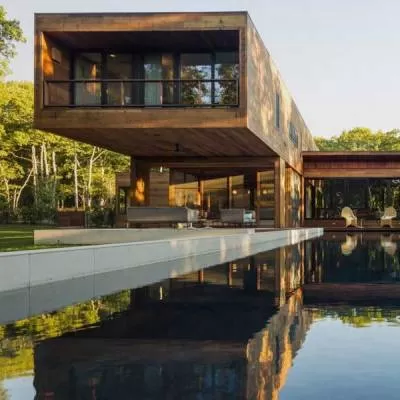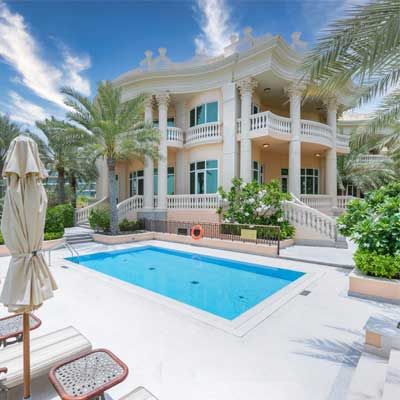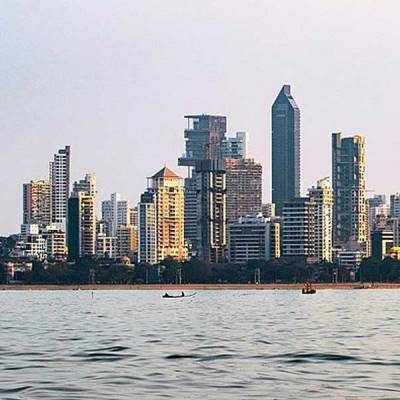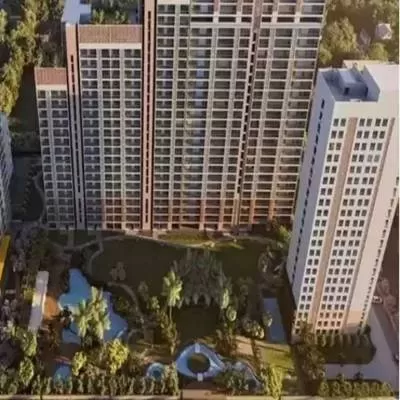- Home
- Real Estate
- Global Gains

Global Gains
Read full article
CW Gold Benefits
- Weekly Industry Updates
- Industry Feature Stories
- Premium Newsletter Access
- Building Material Prices (weekly) + trends/analysis
- Best Stories from our sister publications - Indian Cement Review, Equipment India, Infrastructure Today
- Sector focused Research Reports
- Sector Wise Updates (infrastructure, cement, equipment & construction) + trend analysis
- Exclusive text & video interviews
- Digital Delivery
- Financial Data for publically listed companies + Analysis
- Preconceptual Projects in the pipeline PAN India
- luxury homes
- developers
- aspirational home buyers
- Saket Mohta
- Merlin Group
- Rahul Talele
- Kolte-Patil Developers
- Amar Sarin
- TARC
- Hafeez Contractor
- Tectonix
- unique architectural aesthetics
- superior innovative design
- latest technologies
- building management systems
- sustainable energy solutions and smart home features
- renewable energy systems
- Luxury unlimited
- Made in India
With luxury homes mushrooming across the country and a legion of aspirational home buyers seeking global standards of living, many major developers are turning to international architects for project design. “As the market share of luxury homes is increasing at a steady rate, demand for global architects is on the rise,” affirms Saket Mohta, Managing Director, Merlin Group. “Project design has assumed the role of a decision-maker for buyers who seek an overseas level living experience in India. In fact, the realm of luxury real estate is experiencing an upward growth trajectory. A host of factors can be attributed to this trend like the flourishing Indian economy, rise in disposable income and exposure to global standards of living. People travelling overseas are now asking for bespoke living spaces.” “In today’s interconnected world, collaboration between real-estate developers and international architects offers potential for innovation and competitiveness,” says Rahul Talele, Group CEO, Kolte-Patil Developers. “While global architects bring the perspective of thoughtful landscape design, sustainable construction practices, green building initiatives and cutting-edge smart home technologies, Indian architects contribute the invaluable element of culture and expertise in understanding the unique preferences and sensibilities of Indian customers. According to a Cushman & Wakefield report, the luxury segment constituted about 34 per cent of new housing project launches in the first quarter of 2024.” “The engagement of international architects introduces innovative and prestigious designs and also enables customisation that aligns with the sophisticated tastes of affluent buyers,” agrees Amar Sarin, Managing Director and CEO, TARC. “Their involvement enhances the development attractiveness to both NRIs and HNIs who are increasingly participating in this segment.” City watch “This trend of hiring global architects is predominant in Mumbai, Delhi, Noida, Gurgaon, Kolkata, Bengaluru, Chennai and Hyderabad,” shares Mohta. “We have been working with ace architects like Hafeez Contractor and Landscape Tectonix, a Thailand-based firm that specialises in landscape architecture. We also involved architects from Dubai, like Principal Focus Lighting Design. Further, we work with nationally renowned architects like Spectrum Design Group (Mumbai), NN Architects (Mumbai) and Lucent Worldwide (Punjab). We also work with global architects to design façades and luxury projects.” “This trend is most pronounced in Metro cities, which are known for their economic dynamism and considerable population of affluent residents and are natural hubs for developments featuring international architectural flair,” according to Sarin. “The influence of global architectural trends is also spreading to Tier 2 and 3 cities such as Pune, Hyderabad, Ahmedabad, Surat and Kochi, which are increasingly attracting investments, spurred by growing local economies and an expanding middle class with increasing disposable income. This reflects a broader democratisation of luxury real estate, where more diverse urban populations are aspiring to higher standards of living and unique architectural aesthetics.” The advantages “The Indian green building movement is gaining momentum, and sustainable living hinges on superior innovative design, latest technologies and ample usage of green space,” explains Mohta. “With climate change concerns and depleting natural resources, these architects employ innovative techniques and latest technologies to create sustainable buildings that reduce carbon emissions and energy consumption and offer a healthier experience for occupants.” “Global architects bring an international perspective to their projects, leveraging diverse experiences across various cultural and architectural contexts,” in Sarin’s view. “This broad exposure allows them to infuse developments with unique, globally influenced design elements that stand out in the domestic market. Their creative approach not only caters to aesthetic preferences but also addresses functional needs, making each development both visually appealing and practically effective. Moreover, they integrate the latest technologies into their designs that often include advanced building management systems, sustainable energy solutions and smart home features, all tailored to provide a seamless and modern living experience. They are also adept at implementing sustainable design practices such as passive solar design, the use of renewable energy systems and selection of sustainable materials.” Money matters So, does this trend push up home rates? “In markets like Kolkata, Chennai and Bangalore, homes worth Rs.50 million, Rs.100 million and a few in the range of Rs.250 million are now selling,” says Mohta. “In Mumbai and Delhi, many buyers are spending Rs.500 million to Rs.1 billion for a home. In Tier 2 or 3 cities like Lucknow, Bhubaneswar and Guwahati, homes are selling in the price range of Rs.50 million to Rs.70 million. Earlier, buyers of bigger or costlier homes would purchase landed properties such as bungalows or standalone single-family-owned buildings. But in the past three to four years, they have been opting for larger apartments. The emergence of a lifestyle in gated communities is a big reason for growth of the luxury market. This segment witnessed a 75 per cent year-on-year growth in sales in 2023, reflecting the ongoing preference of buyers for high-value assets offering larger spaces and superior amenities.” “It is challenging to specify an exact monetary increase in the rates of luxury housing owing to the involvement of global architects,” reasons Sarin. “The impact on pricing may vary widely based on several factors, which include property location, scale of development, the developer’s brand, unique features of the product and the prestige associated with the architect’s name. Typically, developments designed by these architects are perceived as more valuable and exclusive, leading to higher price points. This perceived value is not just about the aesthetics or design novelty but also includes the quality, sustainability and technological integration that these architects bring to the table.” Luxury unlimited This trend is not likely to abate. As Mohta says, “The luxury segment will continue its upward growth in 2024 as well.” In agreement, Sarin says, “Buyers may prioritise properties that enhance their lifestyle. Developers will respond by focusing on integrating smart home technology and advanced security systems as standard features while emphasising sustainable building practices and green living. Additionally, luxury properties are expected to appear in emerging luxury destinations, suburban areas and waterfront properties. ‘Made in India’ design philosophies and craftsmanship are gaining recognition and offering a unique blend of traditional aesthetics with modern sensibilities through bespoke interiors, intricate detailing and indigenous materials such as handcrafted tiles, textiles and woodwork.” Evidently, developers are cannily opting for global architects as well as an ace Indian consultant to derive the best of both worlds – a fusion of best practices. - R SRINIVASAN






















